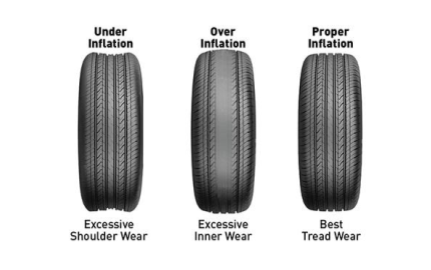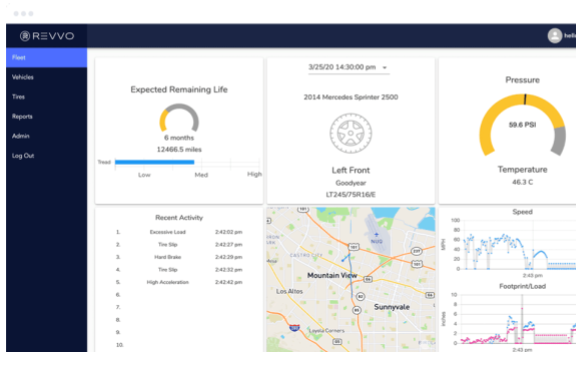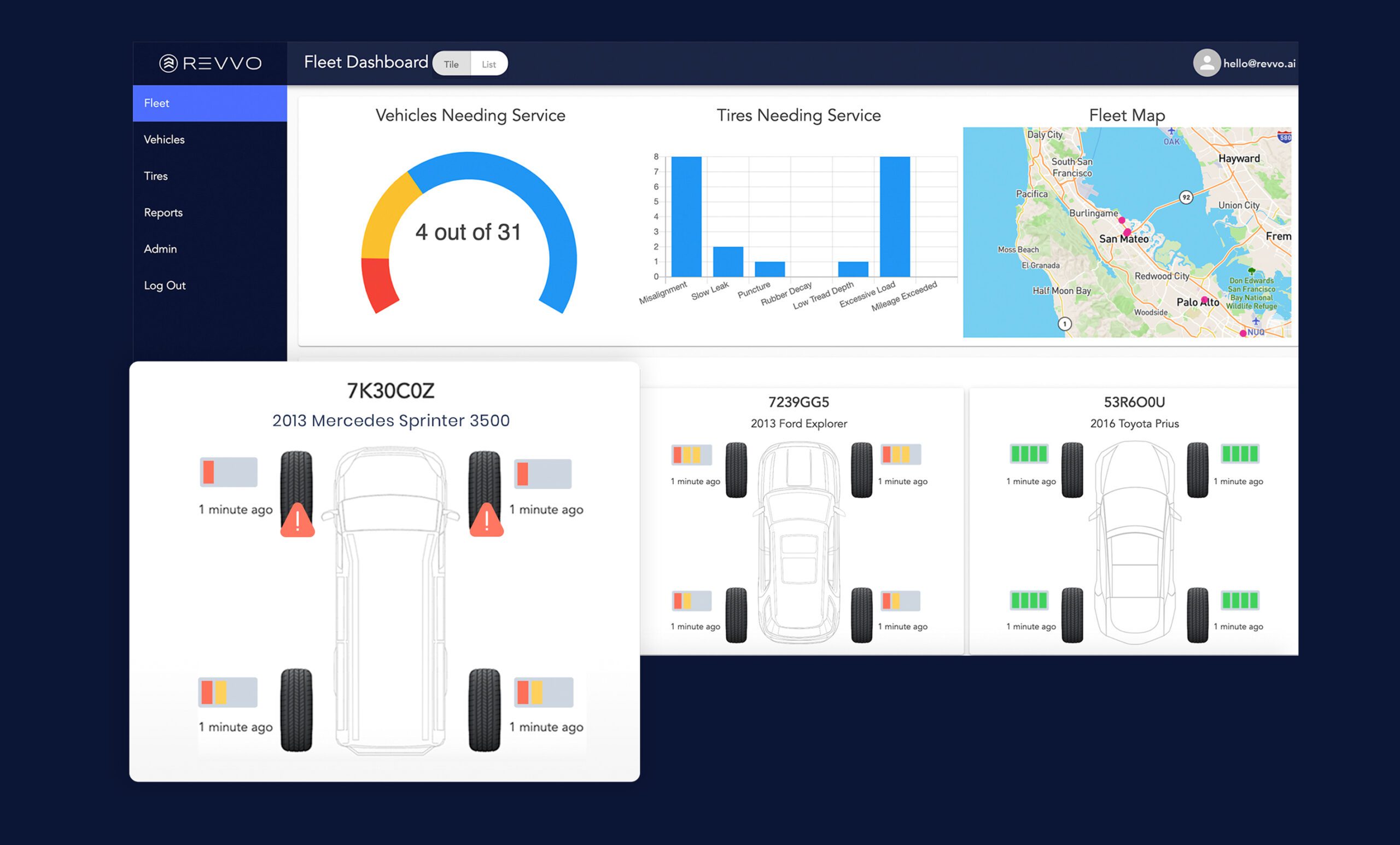How much do you know about TPMS? I’ll be honest, it took me a long time to memorize what the acronym meant. TPMS means Tire Pressure Monitoring System. As of September 1, 2007, the TREAD act passed by Congress requires 100% of all new passenger vehicles and light trucks (Gross Vehicle Weight up to 10,000 lbs) sold in the US to be equipped with TPMS.
In a November 2012 study, the National Highway Traffic and Safety Administration (NHTSA) found that the presence of TPMS resulted in a 55.6% reduction in the likelihood a vehicle would have one or more severely underinflated tires.1 While TPMS has been largely a success in many regards, there are some interesting facts about TPMS that may alert you, let’s focus on one – when the TPMS warning light comes on (or doesn’t).

The TPMS warning light comes on when the air pressure drops 25% below the manufacturer’s recommended tire pressure. Not bad right – 25%? Let’s dig into that a bit. If all the tires on your vehicle are 24% under the recommended PSI of 35, that means your PSI is 26.6. Here are all of the things that have happened at a PSI drop of 24% without triggering your TPMS light:
- Fuel efficiency has dropped by .3% of every PSI below recommendation, in this case fuel efficiency went down 2.52%2
- Less PSI equals more tire flex and hotter tire temperatures.3
- As PSI drops, so does the load capacity of a tire.4
- Accelerated and uneven tire wear.
- A reduction in performance, handling, and response time.
Make no mistake, tire pressure does have an impact on your tires and the way they perform right now, but ignoring basic tire maintenance can have a much bigger consequence down the road. “Commonly a tire suffers the damage that will cause its death long before it fails.”5 Consider the possibility that many vehicles in your fleet may be hovering just over the TPMS warning light threshold while carrying out business as usual, loading up the delivery van with packages. Each time that tire rotates, it flexes and builds heat, only made worse at lower PSI. Fast forward a few weeks, you’ve addressed your low tire pressure, and then let’s say, a global pandemic hits. Online orders soar and business is booming for your delivery service as your overloaded van(s) hit the road on a hot day. You may have forgotten that recently your drivers rode around on low tire pressure – but your tires haven’t. Unfortunately, a tire fails…and the best-case scenario is you have a service disruption that day. Worst case scenario….well, I’m sure there are many, but the lesson here is low tire pressure is more important, and disruptive than you once may have thought.

The fix to low tire pressure – you just add air! It’s quite simple, or is it? I’d bet most don’t’ think “How long has this tire been low? Is there damage I cannot see? Has load or temperature damaged this tire?” Let me frame this example in a way that may drive it home. Suppose your vehicles started showing up with low oil or running hot, you wouldn’t just add oil or antifreeze, you’d look around for evidence of damage, leaks, or do a fluid analysis. Why shouldn’t you add the same level of scrutiny to one of the most expensive budget items in your fleet? I challenge you to be a little more proactive about the only part of your vehicles that touches the road (hopefully). How might you beef up tire checks? How will you have eyes on your tires in between shop visits? Can you rely on tire checks coming from drivers (we all know how inaccurate manual fuel transactions are)? The fact is, tires have been expensive for a long time, yet fleets go about performing tire checks the way they have always done it, reactive at best. Tire problems happen out on the road, not in your shop. Have eyes on your tires in between shop visits. Be Proactive! Check out Revvo’s Tire Management Platform!
1 https://crashstats.nhtsa.dot.gov/Api/Public/ViewPublication/811617
2 https://www.nhtsa.gov/equipment/tires
3 https://www.caranddriver.com/features/a15139795/a-look-behind-the-tire-hysteria/
4 https://www.toyotires.com/media/2125/application_of_load_inflation_tables_20170203.pdf
5 https://www.popularmechanics.com/cars/how-to/a9399/why-blowouts-happen-and-how-to-avoid-them-15832078/
About the Author:
Facundo Tassara
Head of Customer Success
Facundo has been in the automotive industry for 20 years. His experience includes managing an automotive repair and body shop, managing government fleets, and consulting for automotive technology startups. When he is not doing something automotive related, he is most likely watching or playing soccer.



